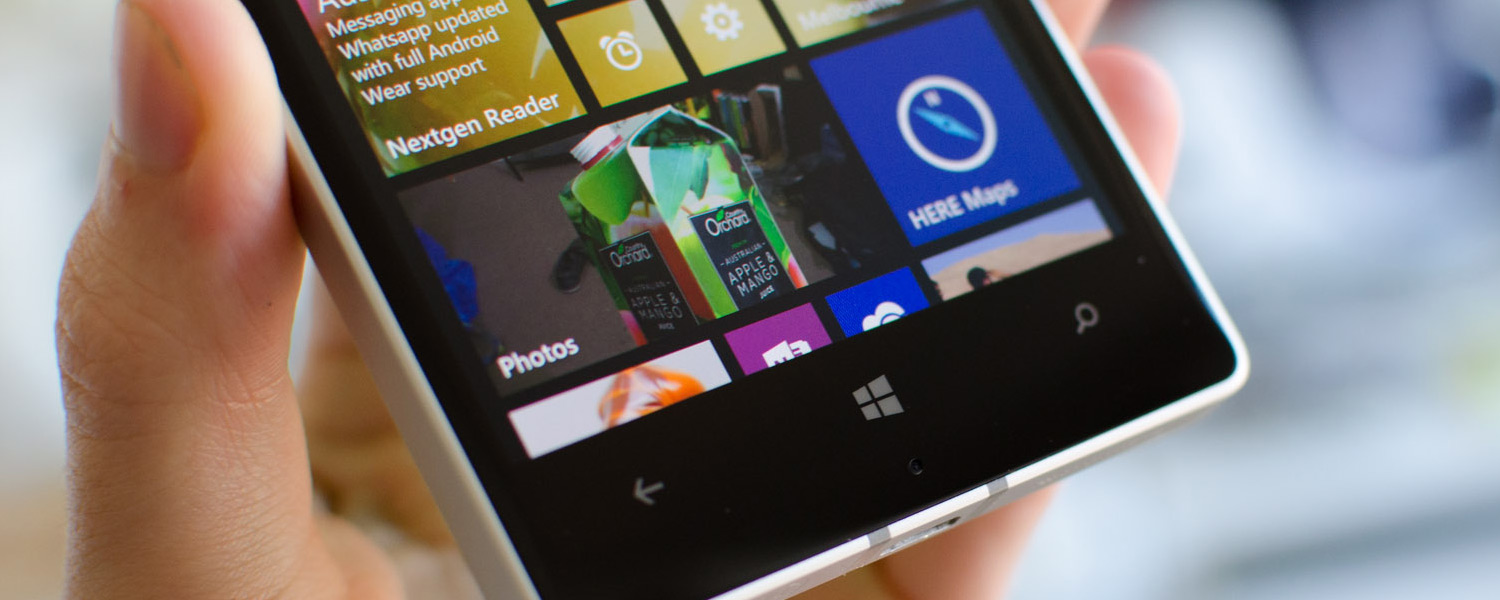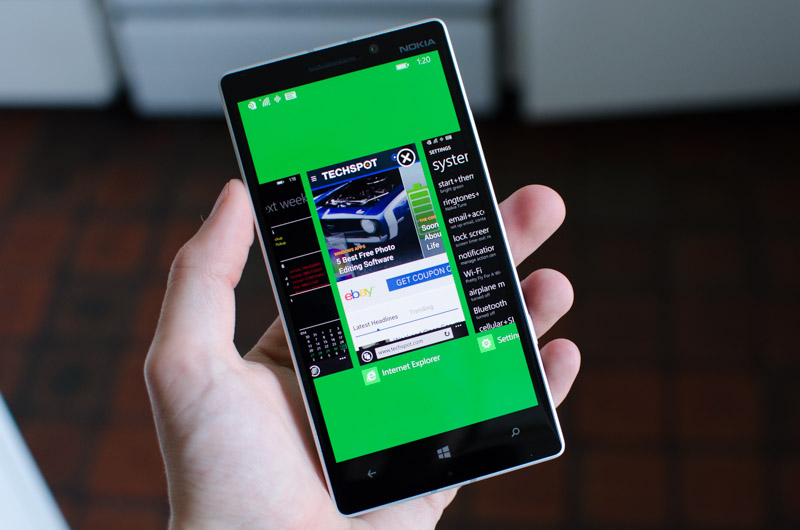Performance: No Surprises
We might be nearly a year on from the launch of the Nokia Lumia 1520, but the Lumia 930 packs very similar internal hardware. The main piece of silicon is Qualcomm's Snapdragon 800 SoC, which was their high-end chip for the end of 2013. In 2014 it's been superseded by the Snapdragon 801 (and very recently the 805), although this doesn't concern me too much.
For one, the Snapdragon 800 was more than capable of driving Windows Phone on the Lumia 1520, and so should be fine for the Lumia 930 as well. The Snapdragon 801 also brought minimal CPU performance gains, as I noted in my review of the HTC One M8, mostly boosting GPU performance through a higher clock speed. This extra GPU power is more necessary on a 1440p device like the LG G3; the Snapdragon 800 is designed for 1080p and carries a GPU more powerful than current mobile games require.
The exact chip inside the Lumia 930 appears to be Snapdragon 800 MSM8974AA, which is the most common variant of the Snapdragon 800, built on a 28nm HPm process and packing a 2.26 GHz quad-core Krait 400 CPU. There's also Qualcomm's Adreno 300 GPU clocked at 450 MHz, the Hexagon QDSP6V5A DSP clocked at 600 MHz, and a 32-bit dual-channel LPDDR3 memory controller providing 12.8 GB/s of bandwidth.
Connectivity-wise the Lumia 930 provides LTE, HSPA+ and GSM radios through the integrated modem on the Snapdragon 800 die, plus Wi-Fi 802.11a/g/b/n/ac, Bluetooth 4.0 and IZAT Gen8B GPS+GLONASS. A separate chip provides NFC functionality.
With LTE on board, the Lumia 930 is capable of transfers up to 150 Mbps down and 50 Mbps up, provided you're connected to a network that supports LTE Category 4. As it's an international device, there's only one model, meaning you get LTE on bands 1, 3, 7, 8 and 20 (2100, 1800, 2600, 900 and 800 MHz FDD) and HSPA+ on 850, 900, 1900 and 2100 MHz.
Nokia has paired the Snapdragon 800 with 2 GB of RAM, which is standard for high-end Windows Phones. You also get 32 GB of internal NAND, although there's no microSD card slot, a disappointing omission considering the Lumia 1520 came with expandable storage. That said, there's plenty of room on the 930 for apps and data, although if you want to transfer across a large music library you could find storage to be a bit tight.
As you'd expect from a flagship smartphone running the highly-optimized Windows Phone OS, I ran into no performance problems throughout the OS or its apps. The GPU is powerful enough to run high-end titles like Grand Theft Auto on the device, with nothing I tested really maxing out the capabilities of the SoC.
I did experience some issues with cellular connectivity when I travelled interstate a few weeks ago, where the Lumia 930 would display I had a signal yet data connections would repeatedly fail. I'm not sure whether this was a modem issue (unlikely) or a software issue on the OS side, although luckily the issue only happened infrequently.



Moving on to benchmarks, and once again we see Internet Explorer 11 on a Windows Phone flagship perform at the level of a mid-range Android handset running Chrome. This can be put down to browser code discrepancy, similar to how Chrome on a desktop system will usually outperform IE in render-based benchmarks. In the real world, browser performance is similar between Android and Windows Phone handsets.

In the cross-platform Basemark OS II benchmark, we see the Lumia 930 perform at the same level as other Snapdragon 800 devices. Nothing unusual here.

And in GFXBench the Lumia 930 performs as expected, equalling the Lumia 1530 and delivering good on-screen performance. The 930 does perform slightly behind some of the Snapdragon 801 handsets I've tested, but as most games don't fully stress the GPU, this is of little concern.



